The quarterly job growth report is one of the important economic numbers that the government likes to tout as the result of successful policy. Joe Biden has been pushing the concept of “Bidenomics” during his presidency, citing bipartisan infrastructure legislation and the strong growth of jobs in the economy as proof of policy success. But is it really?
The Bureau of Labor Statistics
The United States economy has relied on regulation from the Bureau of Labor Statistics since its inception in 1888. It became integrated with the newly created Department of Labor in 1913, and since then, it has tracked various metrics of growth across the United States economy.

The jobs report and the GDP of the country are two measures that the Bureau uses to keep track of the health of the economy. GDP growth and a healthy jobs report are generally an indication that things are moving in the right direction for the country.
Numbers Lean Into Politics
Presidents have used the numbers that the Bureau releases as a political talking point ever since the Department of Labor was created. A healthy job growth is positive news for the administration, and they are generally able to run on it when it comes to election season.

On the other hand, if a jobs report or GDP growth looks lower than it should be for the economic times, it is a boost to the incumbent’s opposing party. While there is some wiggle room in terms of messaging regarding the labor report, numbers generally don’t lie.
Analyzing the Numbers
That’s not what a recent analysis of the jobs report says, though. The report for Q4 of 2023 was released by the Bureau of Labor Statistics, claiming that the United States had added 216,000 jobs to the economy in Q4, with unemployment remaining steady at 3.7%.
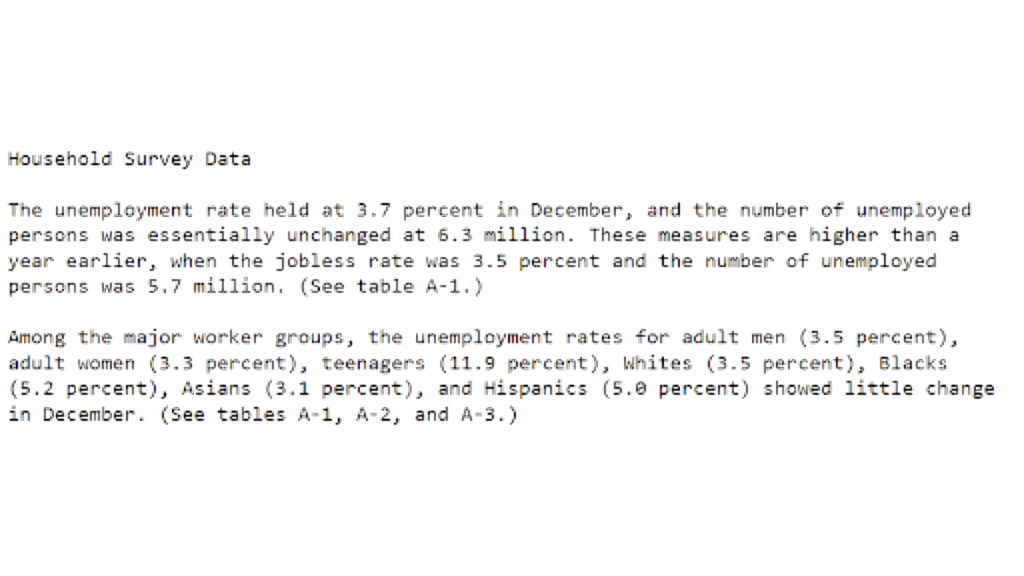
This report, if true, is excellent news for the economy. The United States has been enjoying the longest stretch of unemployment below 4% since the 1960’s, in a country where a healthy level of unemployment is generally considered around 5%.
The Report On the Report is…Bleak
A recent analysis of the jobs market by a non-government party reveals that there may have been some errors in the jobs report throughout 2023, though. A Fox Business report released within the last week revealed that for the first 11 months of 2023, the Bureau of Labor Statistics overestimated the number of jobs added to the economy by 439,000 positions.
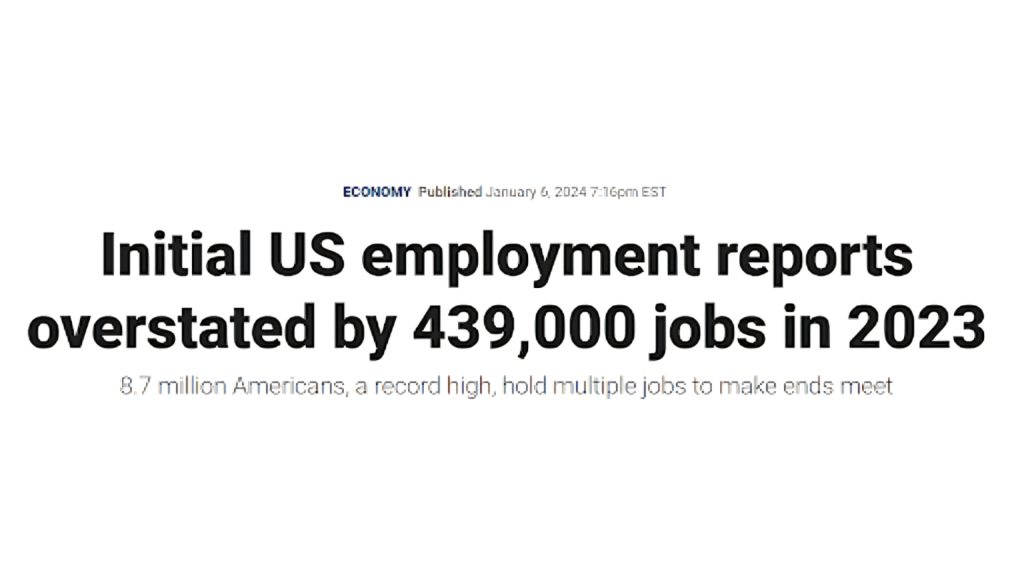
This is a staggering number, and it raises the question of exactly where these imaginary jobs are coming from. Is the administration pressuring the Bureau to create jobs in the report that don’t exist? Is there someone along the administrative line that’s dropping the ball and creating false numbers?
Fox Business Released the Report
The new report on the numbers was released by Fox Business, a subsidiary of Fox News. Immediately on seeing the report, there were some who claimed that the report was propaganda, and that the conservative Fox media was merely attempting to discredit Biden.
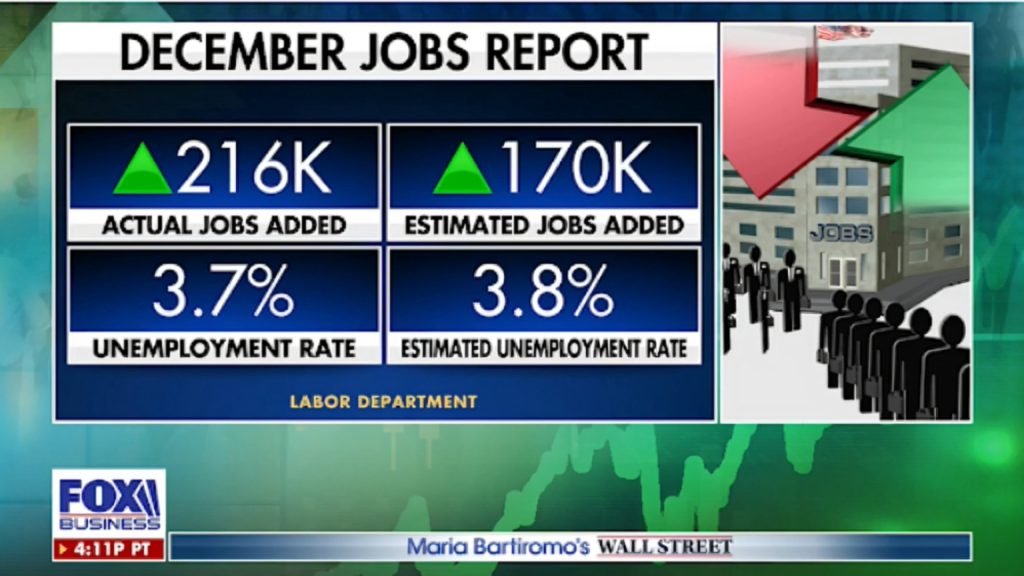
Whether or not there is a political motivation behind the investigation doesn’t change the potential for the truth of the numbers. If the administration and the Bureau have been overestimating the number of jobs being added to the economy, it doesn’t bode well, particularly during election season.
The Administration Erasing Jobs
The report stated that the Biden administration quietly erased jobs from the reports through the first eleven months of the year, inflating their job percentage creation even higher than what had already been reported. According to the numbers, a surge in hiring in the government sector was one of the factors driving up employment demand.

These initial findings are a big indication that the jobs market is not as healthy as the administration wants the public to believe. The claim of Bidenomics has been relying on high job growth and low unemployment as talking points when pointing to the health of the economy, but this report pokes holes in some of those claims.
The United States Leads the Way
Inflation of job numbers is important to talk about because the United States economy plays an important role in worldwide economics, as well as the economics here at home. Additionally, the jobs report influences market moves and Treasury yields, as well as informing the Federal Reserve when they make decisions about interest rates.

All of these different factors, particular interest rates, affect consumer’s pockets. Inflation has been steadily coming down over the last 24 months after hitting high near 8% in the year following the pandemic, but it still isn’t as low as the Fed would like to see, and consumers are financially hurting across many aspects of life because of it.
Payroll Data Isn’t Entirely Accurate
The numbers in the jobs report are largely taken from payroll data that is reported by companies. This data informs how many positions were added to their company based on salaries offered, and David Rosenberg, the founder of Rosenberg Research Associates, says that this is an inaccurate metric of growth.

In a tweet posted on X, formerly known as Twitter, he claimed that more than $400,000 of payroll growth was revised downward after the fact. Much of this job growth didn’t even happen during 2023, he claims that it was a part of the “fairytale birth-death model.”
The Birth-Death Model
The birth-death model of economics is an estimate created by the Bureau of Labor Statistics to predict the net number of jobs added to the economy by job creation, and the number of jobs lost by companies closing or death.
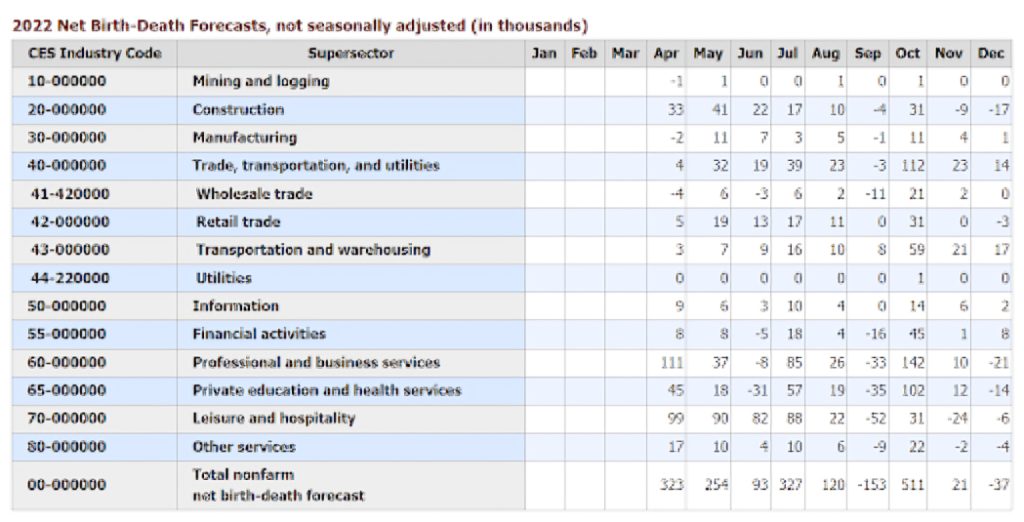
The survey conducted by the Bureau fills in the gaps that are left behind in the birth-death estimate, and this can mean that sometimes the numbers that are projected for growth by the bureau are less than accurate.
Not the First Report Gone Wrong
The most recent report questioning the Bureau’s numbers is not the first time that the Bureau has been caught inflating job numbers. In August of 2023, the Bureau admitted that from March of 2022 to March of 2023, they mistakenly overinflated numbers of jobs added to the economy by more than 300,000.

In December of 2022, the Philadelphia Reserve Bank estimated that the official federal data overestimated the number of jobs added to the economy by 1.1 million jobs in the second quarter of 2022. And these are just a few examples of fumbles made by the BLS.
A Deeper Interpretation
The report revealed something concerning in the job’s numbers, as well. While the Biden administration has been touting low unemployment as an important marker of the health of the economy, the question of who holds those jobs calls those numbers into question.

The December jobs report reveals that more than 600,000 workers dropped out of the labor force in Q4 of 2023, and that a record-high number of people now hold multiple jobs in order to make ends meet. Since June of last year, the economy has lost 1.5 million full-time workers, and gained over 700,000 part-time workers.
People Are Working Multiple Jobs
This suggests that while unemployment may be low, it isn’t because more people are being hired. This could simply be an indication that more people are picking up second and even third jobs in order to pay their bills.
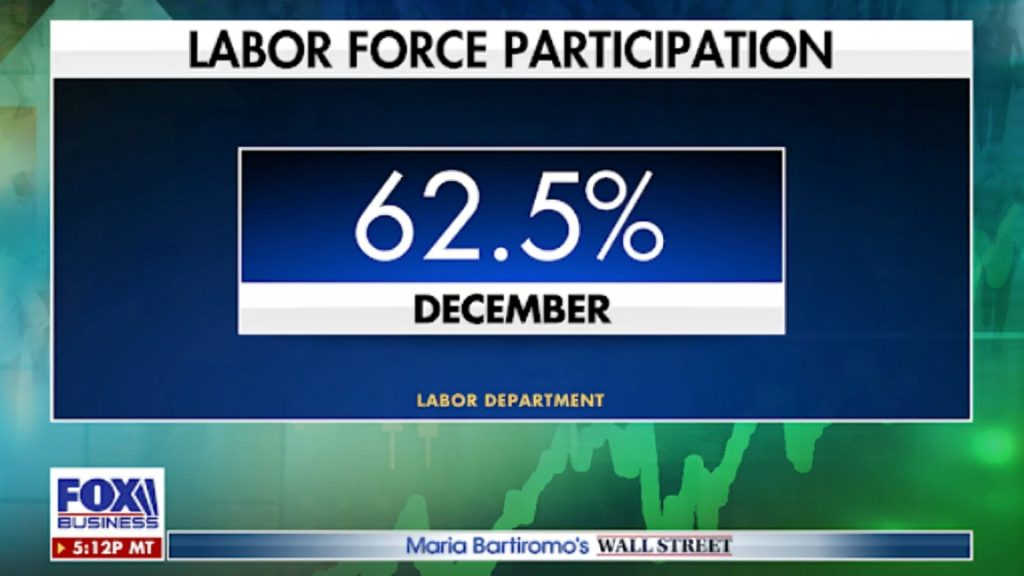
This is a continuation of the struggles that many have been facing in the wake of high inflations and high costs of living. Many are struggling to make enough just to make ends meet, and no amount of pride in inflated numbers from the Biden administration will change the lived reality of Americans.
Biden Taking More Credit Than He Deserves
The Biden administration has also been accused of taking far more credit for strong job growth than they actually have a hand in. While the administration takes credit for up to 14 million jobs added to the economy since Biden took office, many of those jobs were ones that were lost during the pandemic and simply were added back to the economy.

In fact, if the job growth numbers are balanced against the jobs that were lost and reintroduced after the pandemic, the Biden administration is only formally responsible for approximately 4.86 million jobs added to the economy. While this number is not nothing, it is nowhere near the “historic” job growth that the administration has claimed.
Hopefully the BLS Will Improve Moving Forward
The fudging of the numbers by the BLS is surely something that will come up as election season in 2024 ramps up. While it may have been an honest mistake, it still indicates discrepancies in the way that the federal government measures the health of the economy.

Hopefully the BLS will improve their modeling moving forward so that the annual job report is more reliable, but in the meantime, it’s important to take everything from the federal government with a grain of salt. They might mean well, but at the end of the day, everyone has an agenda.






